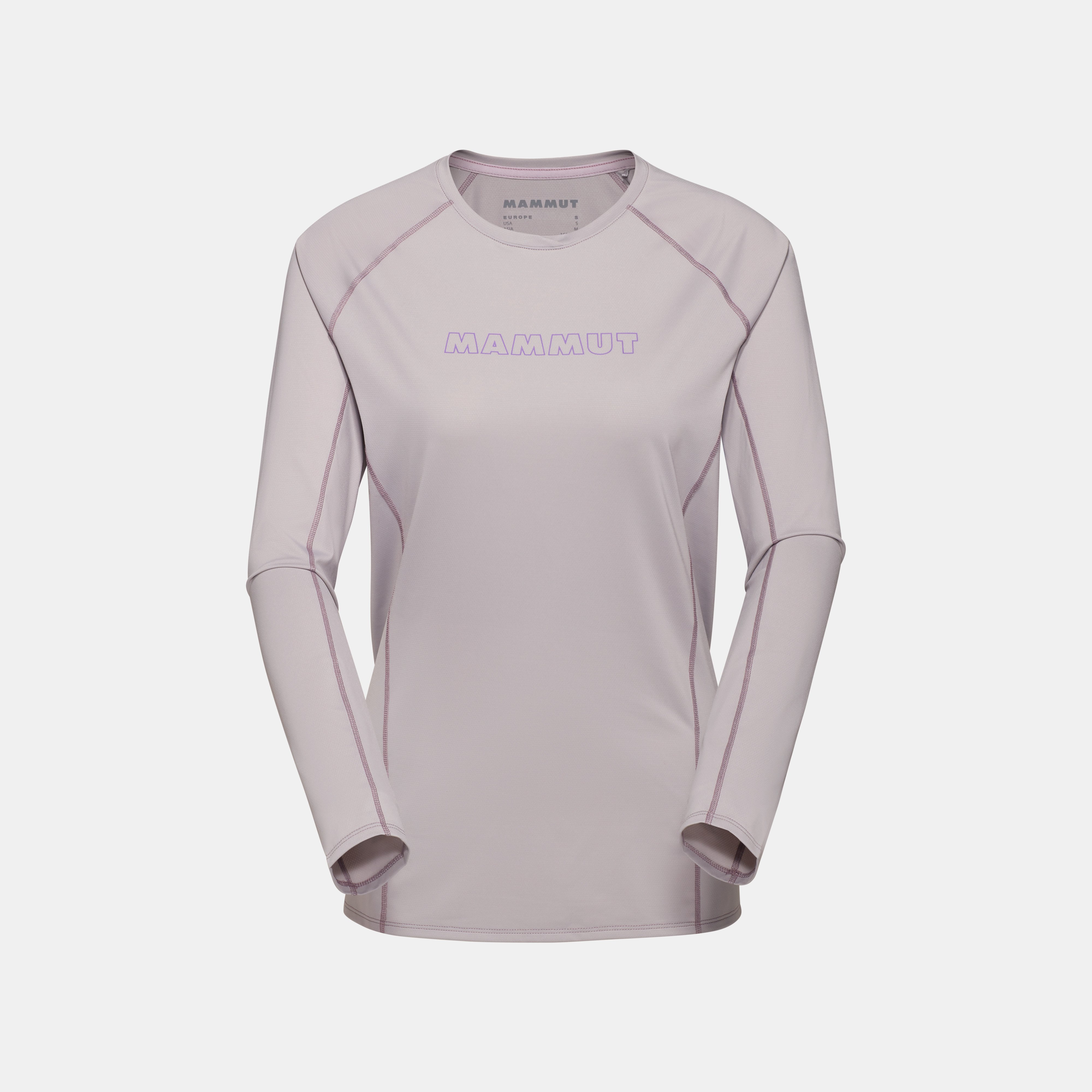Solution Dyeing: Sustainable Fabrics for Eco-Friendly Outdoor Gear
02/23

@e.dye® / Mammut
e.dye® / Mammut
Ashleigh Maxwell
Solution dying has become a big topic in the textile industry and there’s more than one good reason why. As manufacturers continue to increase the pressure on suppliers to limit environmental impacts in production, the new dyeing process has become a beacon of hope for the wider industry. In the battle for a cleaner and greener planet, solution dyeing is making a great case for the potential in technology to answer the call for a better way.
The history of dyeing
Despite huge technological progress over the last century, advancements in the industrial dyeing process has changed very slowly. In fact, many dyeing methods still used widely today have been around for centuries. Originally conceived to dye natural fibers like cotton and wool, traditional practices immerse fabrics in dye baths, coloring the outside of the fibers. Even after the introduction of revolutionary synthetic fibers almost a century ago, dyeing practices remain largely unchanged. While there are now dozens of different dyeing techniques and dyes used in the industry, many have serious environmental downsides.

The problem with dyeing
As fibers or garments have traditionally been dyed after production, it takes a lot of water and chemicals to color yarn. Some estimate conventional dyeing practices can use well over 20 liters of water for every meter of dyed fabric produced. Dye baths also consume huge amounts of energy throughout the absorption process. However, it’s not only the resources used during the process that can make the practice difficult to manage. A major byproduct of the dyeing industry is large amounts of toxic wastewater.Due to the persistence of outdated practices and poor regulation of production, it’s no easy task to keep this wastewater out of the natural environment.
«Solution dyeing consumes up to 60% less water, uses up to 90% less chemicals and produces fewer CO2 emissions»
The solution
Cleaning up the dyeing industry requires fundamental change, and solution dyeing – or dope dyeing – is a promising leap in a new direction.The technique is used to dye synthetic textiles including polyester and nylon. During the process, color pigments are mixed with the liquid polymer solution before fibers are extruded to make yarn. Compared to traditional methods, solution dyeing consumes up to 60% less water, uses up to 90% less chemicals and produces fewer CO2 emissions. Plus, as the pigment is an intrinsic part of the yarn(opposed to the yarn being produced then colored in traditional processes),the result is a fiber with superior color fastness. Solution dyed fibers do notbleed or fade with use or exposure to sunlight. While the color range of solution dyed products was once limited, companies like e.dye® have revolutionized potential for the technology with new color matching processes. While this is just one step towards a more sustainable future for the outdoor industry, the remarkable progress in solution dyeing techniques is proof that with the will of innovation and constantlyevolving technology, there is great potential tosolve some of our oldest problemswith new ideas in the hope of a brighter future.








